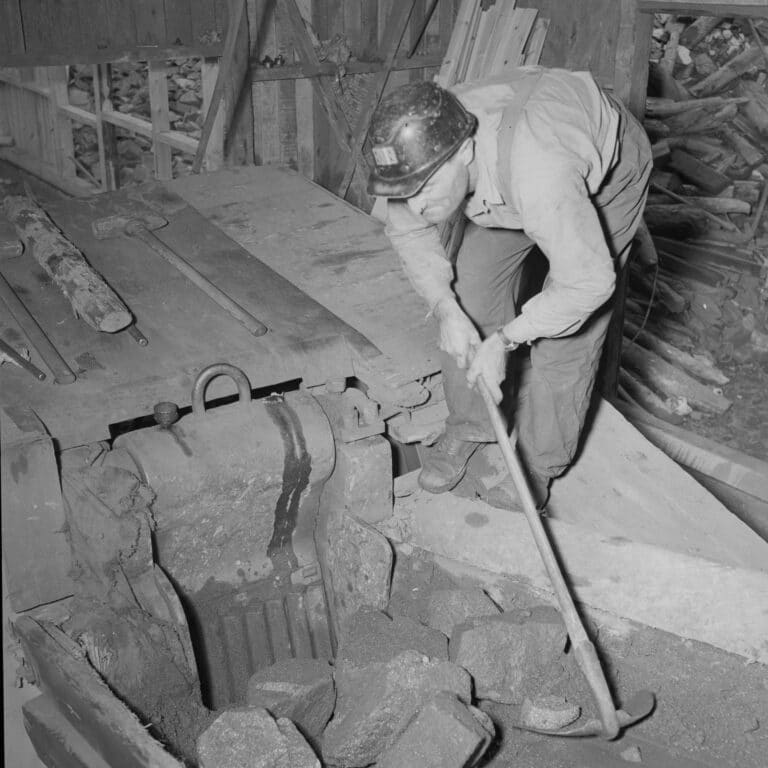Coal mining began in Svalbard in the early 20th century, with numerous companies from diverse countries venturing into this remote locale. They were drawn by the rich coal deposits that lay beneath layers of sediment and Arctic ice. Store Norske Spitsbergen Kulkompani, a Norwegian company, launched mining operations in 1916 at Mine 1 in Longyearbyen. By the mid-20th century, Svalbard’s coal mines were producing vast quantities of this crucial resource, especially during the energy-demanding war years.
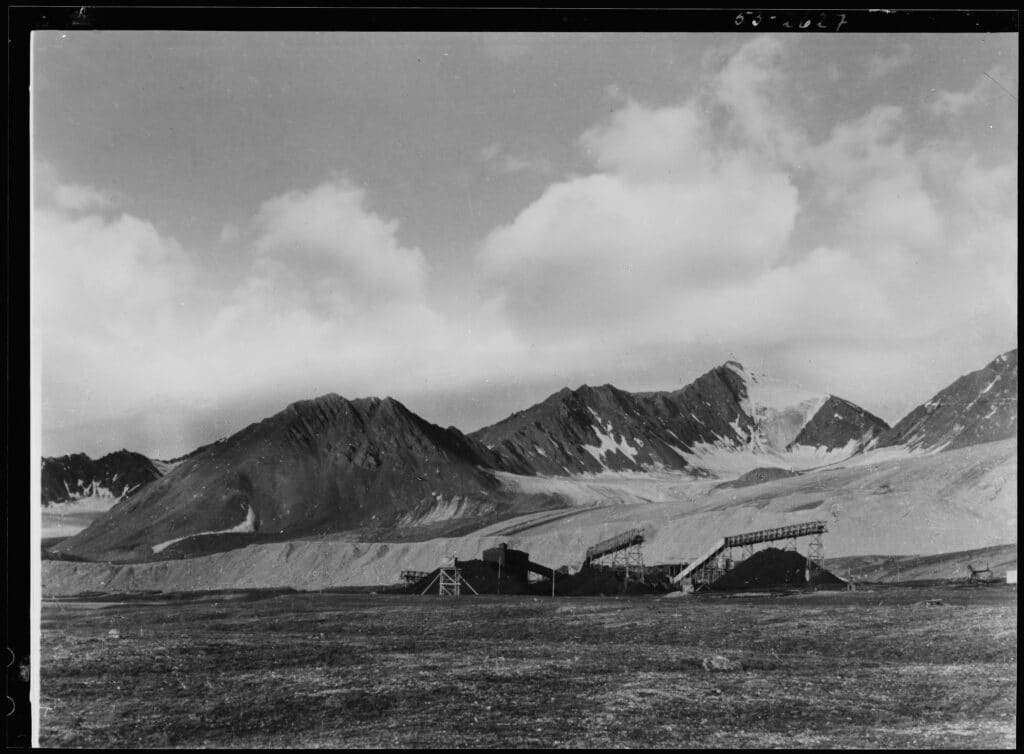
Life in the mines was undoubtedly tough. Miners faced long hours in hazardous conditions. The extreme Arctic weather, coupled with periods of endless sunlight or perpetual darkness, further exacerbated these challenges. However, these hardships forged a resilient community spirit among the miners, a spirit that lives on in Svalbard even today.
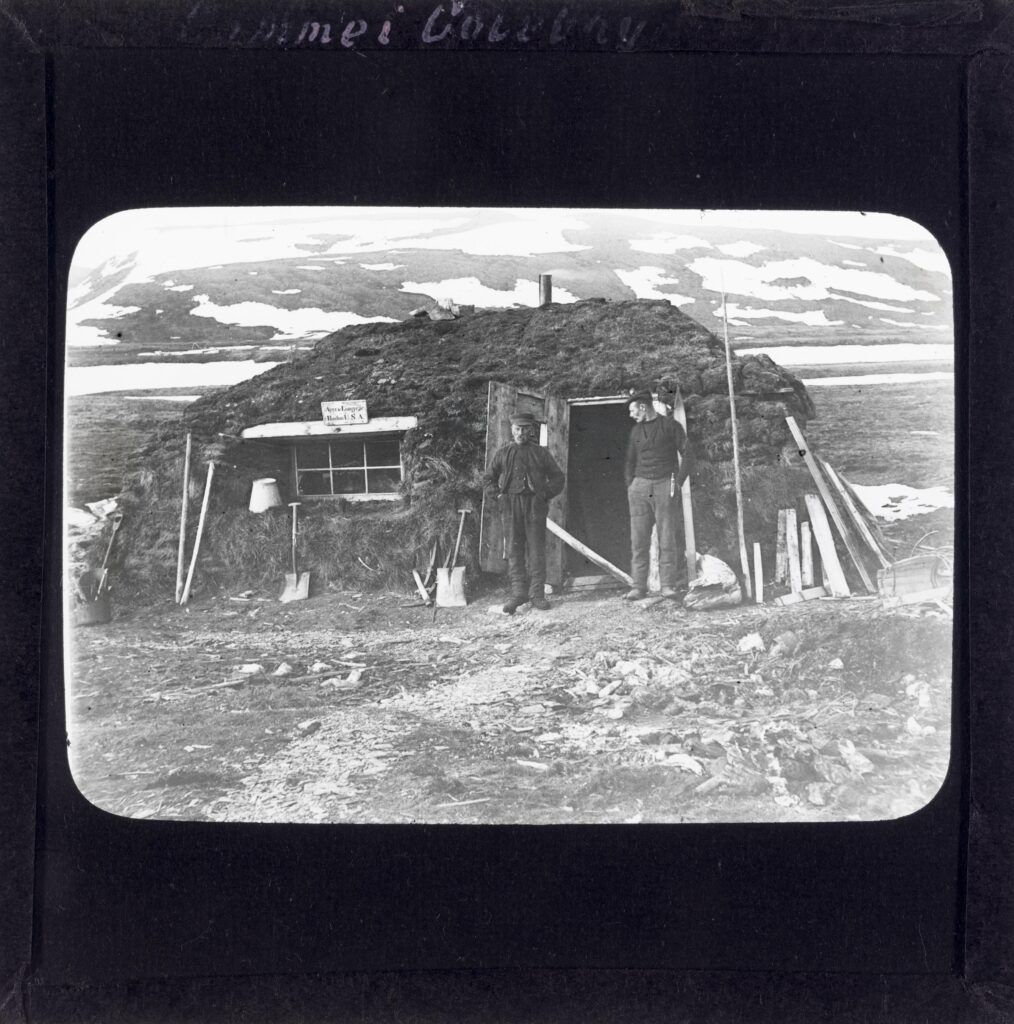
As the 20th century wore on, declining coal prices and increasing environmental concerns sealed the fate of Svalbard’s mining industry. One by one, the mines began to close. By 2017, all but one of the mines had been abandoned, leaving a legacy of deserted mining towns and industrial relics strewn across the icy landscape.
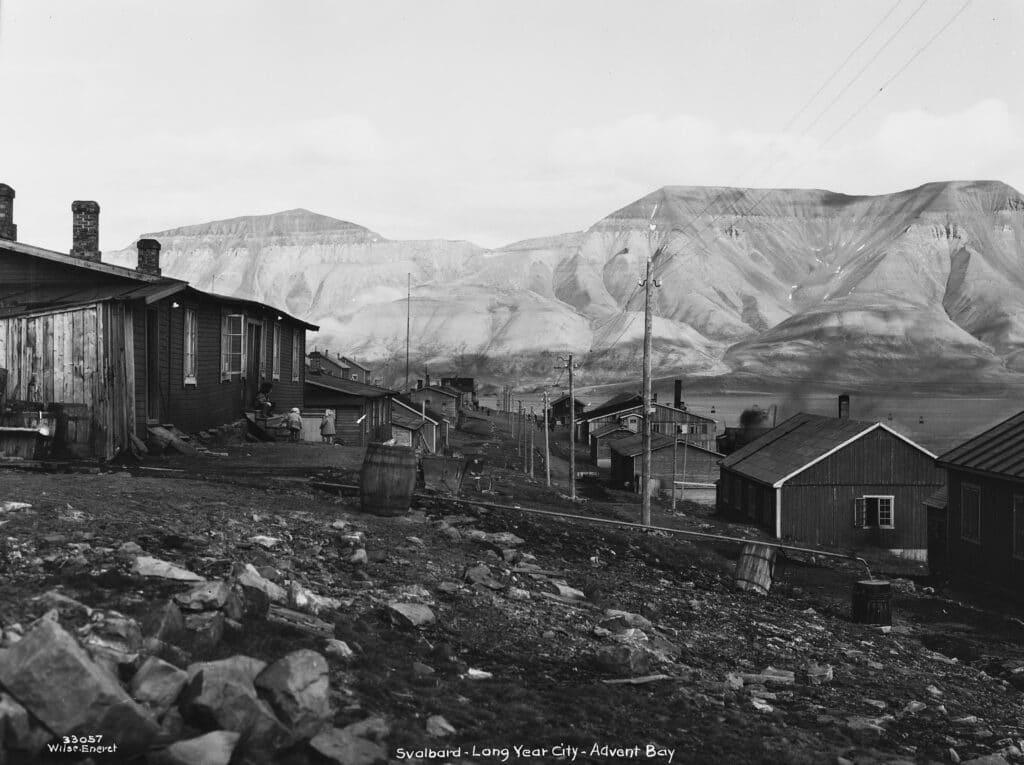
Today, these abandoned mines serve as unlikely tourist attractions. Places like Pyramiden, a deserted Russian mining town, and Mine 3 offer visitors an immersive experience of Svalbard’s industrial past. One particular point of interest is ‘The Santa Mine.’ Children in Longyearbyen believe that Santa Claus makes this mine his home, and they send their Christmas wish lists to a special mailbox here.
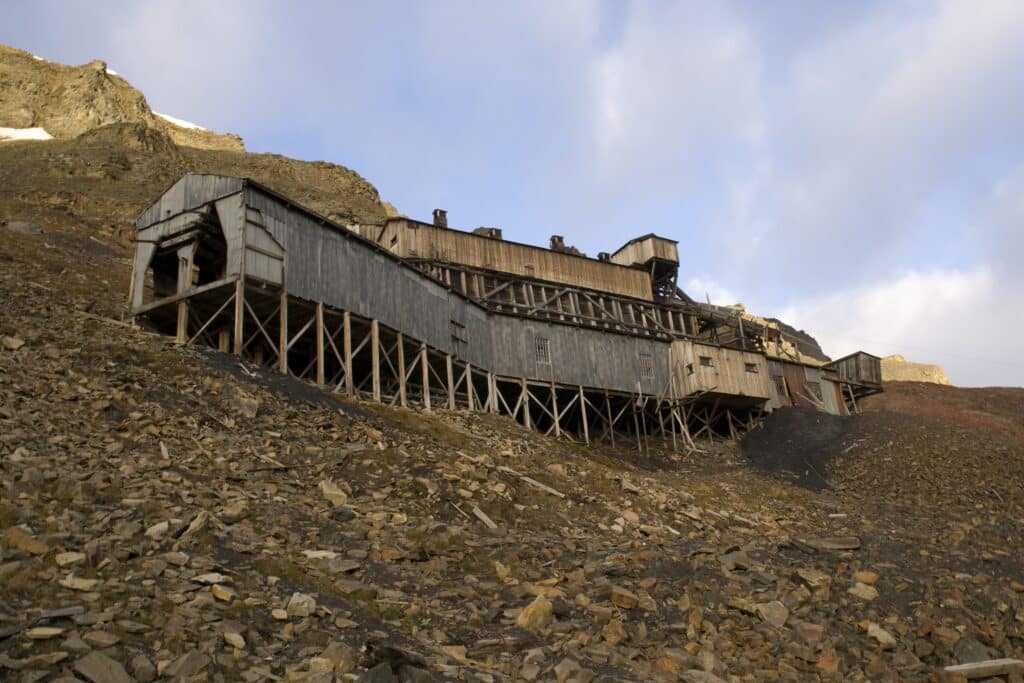
The abandoned mines of Svalbard stand as monuments to human endurance and adaptability. They serve as a poignant reminder of the industrial past and the relentless passage of time. More than just industrial relics, these sites symbolize the resilience of those who ventured into this remote wilderness, driven by the prospect of untapped resources.
As you traverse the deserted mines or the eerily quiet streets of Pyramiden, you can almost hear the echo of the past – the clanging of pickaxes against rocks, the rumble of loaded carts, the tired yet determined voices of miners after a grueling day. These sites preserve the warmth of shared hardships and collective memories, testifying to the camaraderie and courage of those who dared to call these mining towns home.
The legacy of Svalbard’s mining industry is not just frozen in these abandoned sites but also weaves into the fabric of the archipelago’s contemporary identity. The spirit of resilience, cooperation, and tenacity continues to shape Svalbard’s society, fueling its scientific research endeavors and burgeoning tourism industry.
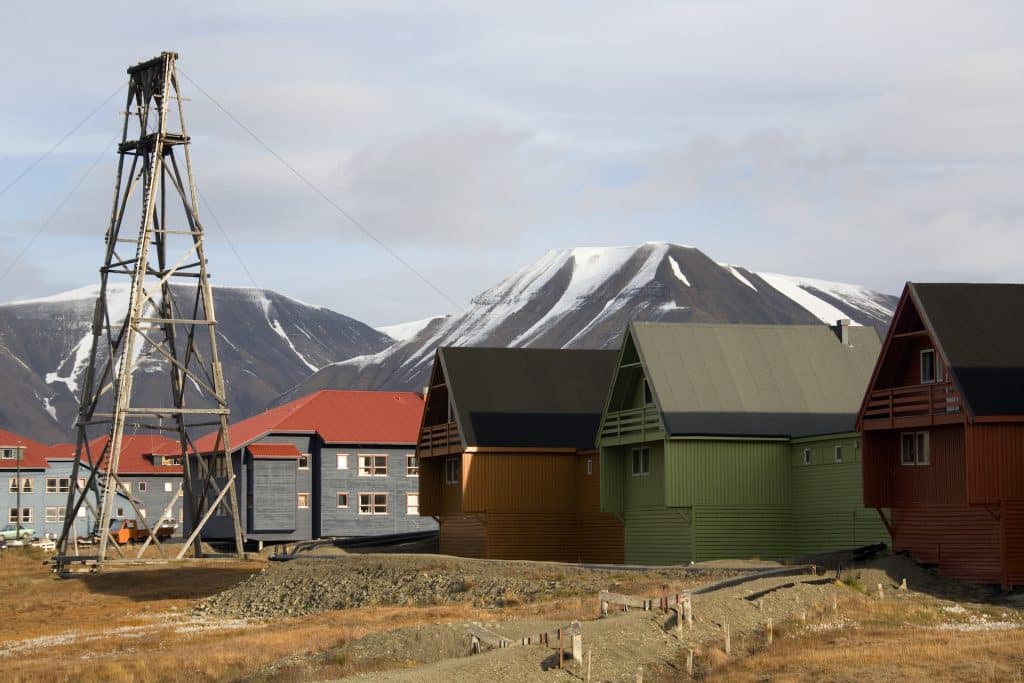
However, there is a somber note to this narrative. The abandoned mines also highlight the environmental consequences of industrial activities, even in the world’s most remote corners. These sites remind us of the cost of progress and the indelible scars left on Svalbard’s pristine landscape. As we move towards an era more conscious of our environmental responsibilities, these remnants of a bygone epoch continue to echo their stories in the Arctic wind, prompting us to reflect on our past and consider the course we must chart for a sustainable future.

In this exploration of Svalbard’s mining history, we hope to illuminate the shadows of the past while pointing towards a sustainable future. We invite you to join us on this fascinating journey through time, exploring the resilience and adaptability of humanity amidst the stark beauty of the Arctic.
